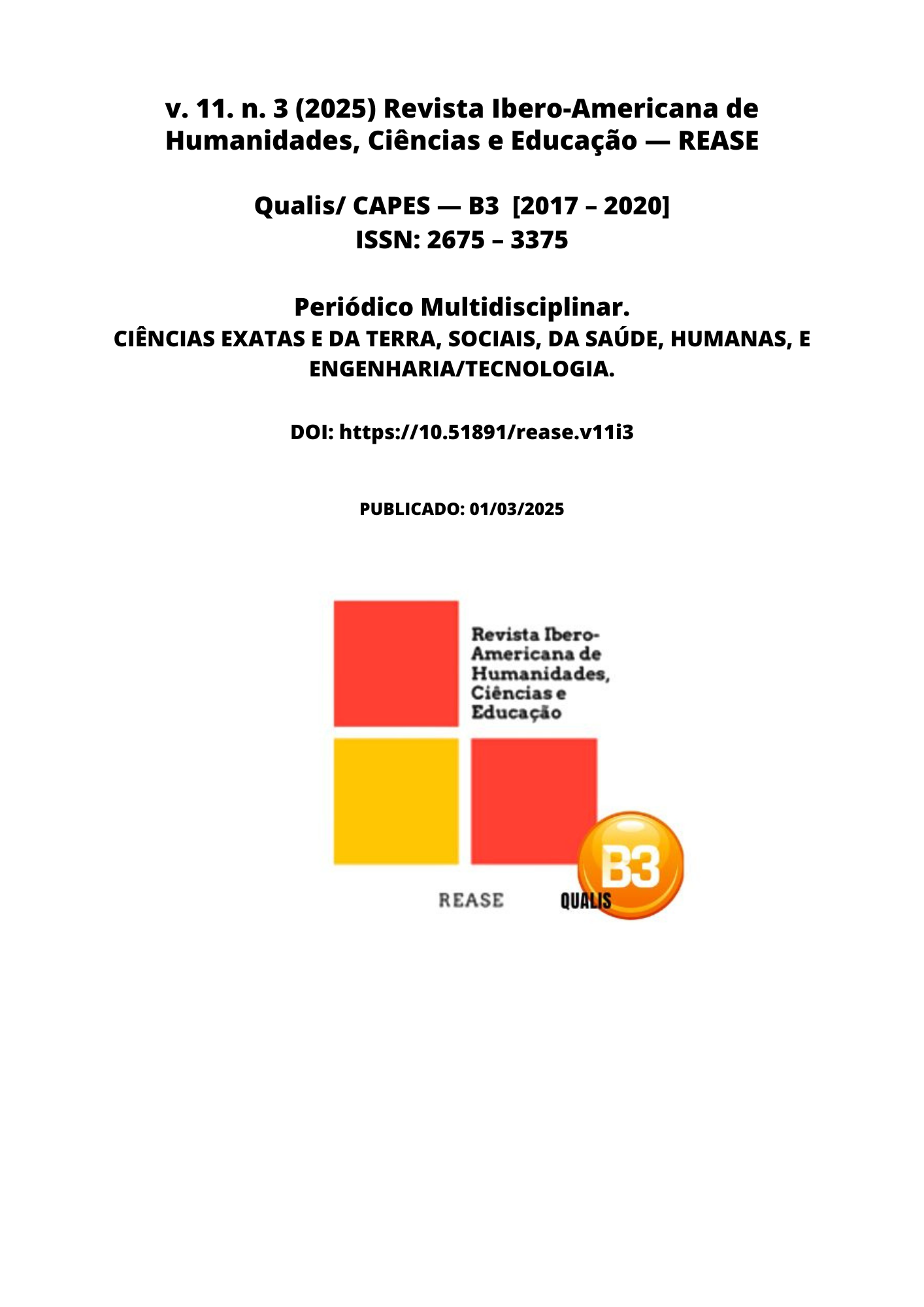MANAGEMENT OF HYPOXIC-ISCHEMIC ENCEPHALOPATHY IN NEONATAL PATIENTS
DOI:
https://doi.org/10.51891/rease.v11i3.18518Keywords:
Hypoxic-ischemic encephalopathy. Neonatal.Abstract
Neonatal hypoxic-ischemic encephalopathy (HIE) is a condition resulting from reduced or interrupted oxygen or blood supply to the newborn's brain, leading to brain damage. It is the main complication associated with perinatal asphyxia. Therefore, attention during the prenatal period, delivery, and postpartum is essential to minimize risks. Among babies who survive this condition, approximately 25% develop permanent neurological sequelae, such as cerebral palsy, cognitive deficits, or seizures, making its treatment a great challenge for pediatricians, who seek to reduce this high rate of complications. A search for studies related to the topic was carried out on the PubMed and LILACS platforms, finding an initial total of 8,067 full-text articles; therefore, 29 studies were included after applying inclusion and exclusion criteria. Analysis of the studies revealed a focus on neuroprotective strategies aimed at limiting the extent of hypoxic-ischemic brain injury, which continue to be investigated. Among these approaches, hypothermia stands out. However, most of these interventions have a reduced window of effectiveness, highlighting the importance of early diagnosis. For neonates diagnosed late, treatment is essentially based on clinical support. In conclusion, it is recommended that these patients be managed as early as possible in order to minimize adverse effects and prevent permanent sequelae in survivors.
Downloads
Downloads
Published
How to Cite
Issue
Section
Categories
License
Atribuição CC BY

